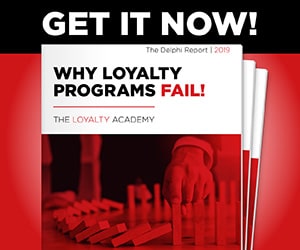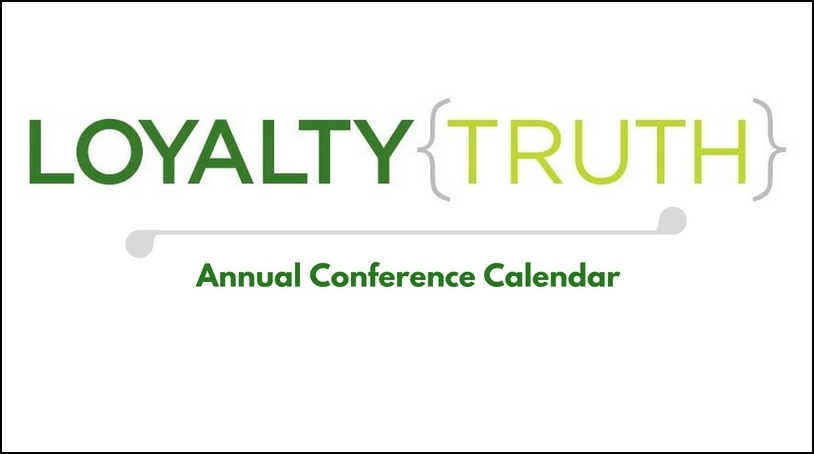Almost 10 years ago, I wrote an opinion piece for COLLOQUY questioning whether Frequent Flyer miles were still the most valuable currency in the Loyalty Marketing landscape. The premise was that the weakening value of the FF mile might open the door for a better offer to capture the loyalty imagination of consumers. The next best high-value loyalty currency was thought to be coming from a US based coalition ala Nectar or Airmiles.
It’s 2009 and time to ask the question once again.
Consumers and the press are piling on with criticism of airline mile programs. Combine the higher thresholds for cashing in for a free ticket, the seemingly steady decline in the quality of in-flight experience, and the airline’s fascination with un-bundling and charging for services that used to be included in a ticket price and it’s easy to make a case for the demise of FF miles.
The COLLOQUY article was cautious in criticism of the almighty MILE, noting that “Americans are so attuned to earning airlines miles that it’s hard to create a value proposition, either in a standalone program or in a coalition, that can equal them.”
Time and change go hand-in-hand however and the challenge of creating that value proposition to match or exceed the perceived value of an airline mile might be easier to tackle as each month goes by. A recent Wall Street Journal article “Air Rescue: Saving Miles From the Ax” highlighted the many ways which airlines are adding restrictions and tweaking program rules to burn more miles before they can be used.
Many of the rule changes highlighted in the WSJ article are activity related and American Airline’s change from no expiration to an 18 month activity related rule has garnered lots of attention. There are two sides to every story and, if you were running AAdvantage or any other big loyalty program, you too would be under pressure to manage program liability more closely. It’s easy to see why stewards of loyalty programs conclude that customers who have not transacted for 18 months are maybe not your customers any more.
The flaw in the activity rule highlights the dirty secret of airline mile programs: that customers are less loyal to a particular airline than the industry would like to believe and carrier choice is often dictated by lifestyle and business changes more than brand affinity. I’ll share a personal example. At one time, most of my my travel was in Latin America and I was a privileged flyer with American. Later, the work load swung to the US and I rose in the ranks of Delta Skymiles members while I watched my American status diminish. When I ventured back into LAC, I had lost my status with the airline and had to be patient until I became “visible” again.
The airlines should be able to recognize me as an inherently valuable customer and provide some relief for my straying. Through the data collected, the airlines could identify my return, send me a welcome back email and inquire if I was here to stay. I bet most people would respond to such an email with indication of preferences and plans if they were offered incentive to provide the information. That incentive, of course, would be to have the opportunity to earn accelerated status with the airline. In the current situation, I am more tempted than ever to just shop by schedule, price and airport location.
The other main criticism of airline miles is that they are difficult to redeem. If you’re like me and redeem miles to take the family to exotic destinations like Buffalo or Cleveland, you’ll never have a challenge redeeming your miles. Try to go to New York for Christmas and you’ll have a different story to tell.
It’s possible that the airlines are their own worst enemy. They have given miles to everyone and are still inviting people to join their programs with in-flight announcements. Even the Economist agreed that this non-selective behaviour would spawn MILE inflation:
“Miles outstanding have risen by an average of 20% a year since 1995 – two-and-a-half times as fast as the supply of dollars.” Equating this inflationary expansion of airline currency to a key global currency, the article continued, “central bankers would suffer sleepless nights at such reckless monetary expansion were it not for the fact that they are usually up in first class collecting double or triple miles.”
The state of the FF mile is really quite a mess. There are diverging forces at work: Consumers are less interested to wait and accumulate miles as they know that rules will continue to shift against their interests and their ability to redeem will be challenged. At the same time, the cost of using miles to promote a cobrand or reseller relationship is probably the highest among options in the marketplace.
Invest the same cost per mile into a value proposition that promotes YOUR brand and is truly tailored to YOUR customers and quite likely you will have constructed a value proposition that beats the heck out of FF miles.
Turbulent times for the airlines, opportunistic times for smart marketers……
 Previous Article
Previous Article



